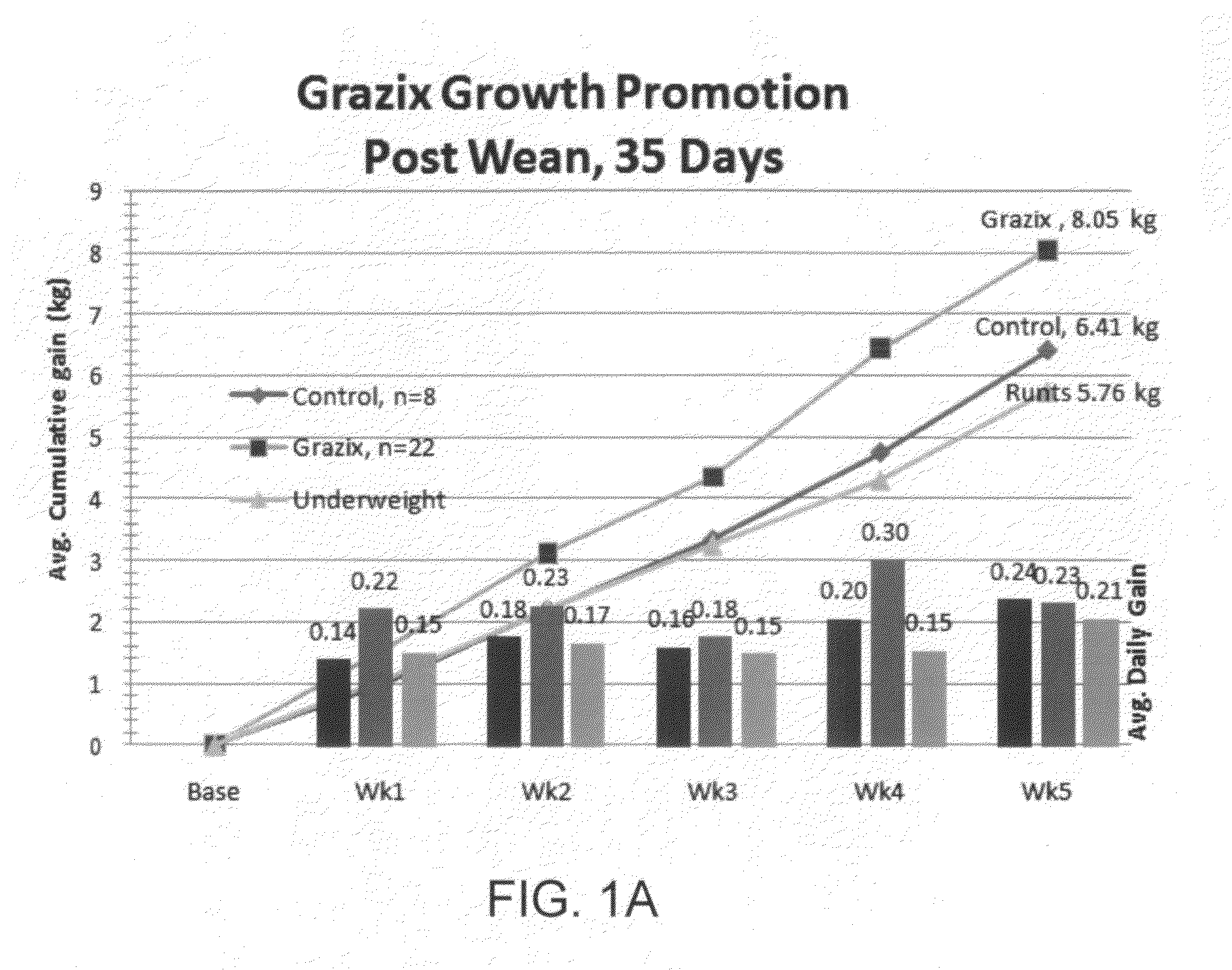Site-activated binding systems that selectively increase the bioactivity of phenolic compounds at target sites
a phenolic compound and site activation technology, applied in the field of site activation binding systems, can solve the problems of destroying significant bioactive potential in a short period of time, mixing oxidoreductase enzymes with polyphenols, and only short lived potency of traditional medicines using living or freshly harvested plant materials, etc., to achieve the effect of increasing the bioactivity of phenolic compounds
- Summary
- Abstract
- Description
- Claims
- Application Information
AI Technical Summary
Benefits of technology
Problems solved by technology
Method used
Image
Examples
example 1
Making a Binding System of Hydrolysable Tannin Bound to Hydrogen Peroxide and Showing a Stable, or Substantially Stable, Binding Pair
[0173]Chinese Gall is an excellent source of a hydrolysable tannin. Chinese Gall (GALLAE CHINENSES from the Rhus semialata galls), contains 60% to 75% tannic acids and 2% to 4% of gallic acid. Gall extracts characteristically do not contain significant flavanoids. The polygalloyl glucoses or polygalloyl quinic acid esters presenting 2-12 gallate residues with a relatively open and conformable steric arrangement are favorable for forming stable multiple hydrogen bonds with hydrogen peroxide.
[0174]In this experiment, 1 to 10 grams a serial different quantity of gallotannic acid from Chinese Gall (Sigma-Aldrich Chinese Gall) was dissolved in 20 cc of 35% food grade hydrogen peroxide. Comparisons of oxidizing potential were made colorimetrically using WATERWORKS peroxide check strips (Industrial Test Systems, Inc., Rock Hill, S.C.). The solution was desicc...
example 2
Comparing Binding Systems Using a Hydrolysable Tannin, a Condensed Tannin, a Mixture of Hydrolysable and Condensed Tannins, and Resveratrol Bound to Hydrogen Peroxide to Compare the Binding Pairs
[0176]Hydrolysable Tannin—For this example, the Chinese gall of Example 1 was used as the hydrolysable tannin, in addition to the following:
[0177]Condensed Tannin—Green tea (Camilla Sinensis) extract contains catechins and other flavanoid compounds but characteristically does not contain significant tannic acid content. Multiple gallate and catechol residues of various catechin and flavanol dimmers, trimers oligomers and polymers are favorable structures for stable hydrogen peroxide aggregate formation, though the flavan structure is more likely to cause steric blocking than the gallotannic structure.
[0178]Mix of Hydrolysable and Condensed Tannin—Pomegranate POMx (Punica granatum L., POM Wonderful brand) extract of fruit residue after pressing containing 86.0% ellagitannins, The approximate ...
example 3
Data Showing Enzyme Selectivity and Targetting
[0183]A key aspect of the invention is that polyphenol-hydrogen peroxide aggregates are generally nonreactive with digestive enzymes such as proteases and peptidases that split proteins into their monomers, the amino acids, lipases that split fat into three fatty acids and a glycerol molecule, carbohydrases that split carbohydrates such as starch and sugars into simple sugars, or nucleases hat split nucleic acids into nucleotides.
[0184]Binding systems responding to target specific enzymes exhibit orders of magnitude (500× or more) differential between active and passive states providing focused toxin binding, pathogen or damage specific effects with a reduction in undesirable collateral effects. In the animal body, the activated binding systems can actively form glycosydic bonds, as well as complex proteins and amino acids. The binding of the phenolic compound to, for example, glucuronic acid or other glucose moieties can neutralize the ...
PUM
| Property | Measurement | Unit |
|---|---|---|
| Mass | aaaaa | aaaaa |
| Mass | aaaaa | aaaaa |
| Weight ratio | aaaaa | aaaaa |
Abstract
Description
Claims
Application Information
 Login to View More
Login to View More - R&D
- Intellectual Property
- Life Sciences
- Materials
- Tech Scout
- Unparalleled Data Quality
- Higher Quality Content
- 60% Fewer Hallucinations
Browse by: Latest US Patents, China's latest patents, Technical Efficacy Thesaurus, Application Domain, Technology Topic, Popular Technical Reports.
© 2025 PatSnap. All rights reserved.Legal|Privacy policy|Modern Slavery Act Transparency Statement|Sitemap|About US| Contact US: help@patsnap.com



